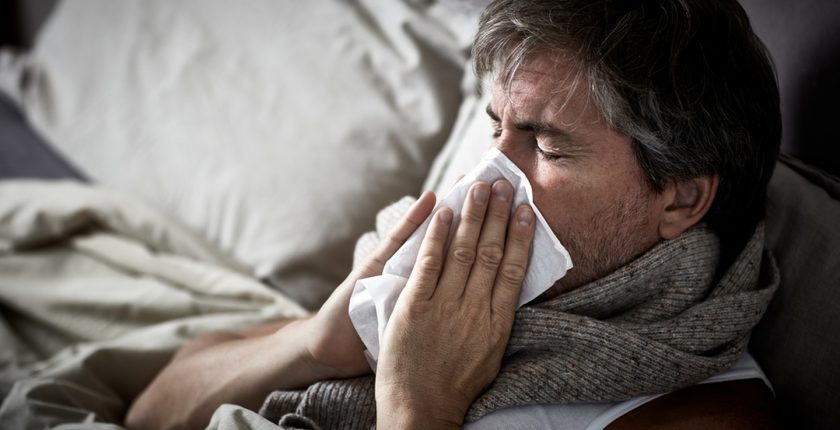Is your carpet making you sick?
Keeping your carpet clean is not only important for aesthetic reasons but also a way to keep your family healthy.
Although there are times when carpets are obviously dirty, nobody wants their beautiful, posh, expensive carpet to be called dirty when it’s clearly not – I mean, just look at it. It’s flawless! The truth is, however, carpets and rugs can look clean to the naked eye while harboring dirt, dander, bacteria, and other irritants. When these irritants make it into the air you breathe, and eventually into your lungs, they can cause issues.
Once your carpet has accumulated irritants, it may be causing problems such as respiratory issues, skin problems, and potential mold growth. It’s important that it is cleaned professionally to ensure proper care, but there are ways to slow down the accumulation of irritants like those in your carpets.
Here are some suggestions on how to help prevent your carpet from making your family sick:
Use a High-Efficiency Particulate Air (HEPA) vacuum.
Experts recommend vacuuming carpet weekly or at least every other week. Depending on the type of carpet and its thickness, it is recommended that you pass the vacuum over the carpet multiple times or at least one minute per square yard. HEPA vacuums have filters that help reduce dust so be sure to replace as directed for the best results. We sell a range of Bissell Vacuums with HEPA filters, talk to us about a model that might suit you!
Take notice of unusual smells in the home.
A musty, unpleasant odor around your house could be a sign of mold. Mold can live in walls, basements, insulation… and under carpets. Indoor mold has the potential to create health problems. If you suspect mold issues, take action immediately to have it checked by a mold expert so you can take steps to protect your family’s health.
Replace heavily soiled or worn carpet in the home.
Irritants build up on carpets through the years and replacing them with new, low-pile carpet is a good option for many homeowners. When removing the old carpet, be sure to use special care if the home was built before 1978 in case lead dust is under or in the carpeting or padding. After removal, clean the walls and floor surfaces before adding new carpet. Request the carpet installers to use low-emission adhesives to install the new carpet or consider tacking it down instead of gluing.
Carpet Spot and Stain Removal Tips
Here are some do-it-yourself tips on removing spots and stains that have found their way onto your carpet.
Refrain from rubbing the stain.
Rubbing the stain excessively may end up causing the stain to be driven further into the carpet. This would make it even more difficult to remove the stain. You could also possibly damage the carpet’s material.
Start around the edges.
Instead of starting from the center, which is often the most obvious or damaged spot, start from the outside of the stain and move towards the center. If you start from the center, you risk spreading the stain more.
Don’t use hot water.
Using hot water may seem harmless, but hot water can cause the structure of the stain to change. This can allow it to bond with the surface of your carpet.
Avoid harsh cleaning solutions.
Always try using mild solutions first. Harsh solutions may cause damage to your carpet, and these kinds of situations can often be fixed with the milder alternatives. Particularly bad stains should be taken care of by a professional. Contact us when you need your carpet cleaned. Accidents call for quick reactions and the accumulation of irritants over time calls for preventative actions as well. While you cannot completely avoid these things, it’s important to know what you can do about them. When it’s time for a thorough cleaning or evaluation of your carpets, contact us to help you restore your carpet.

